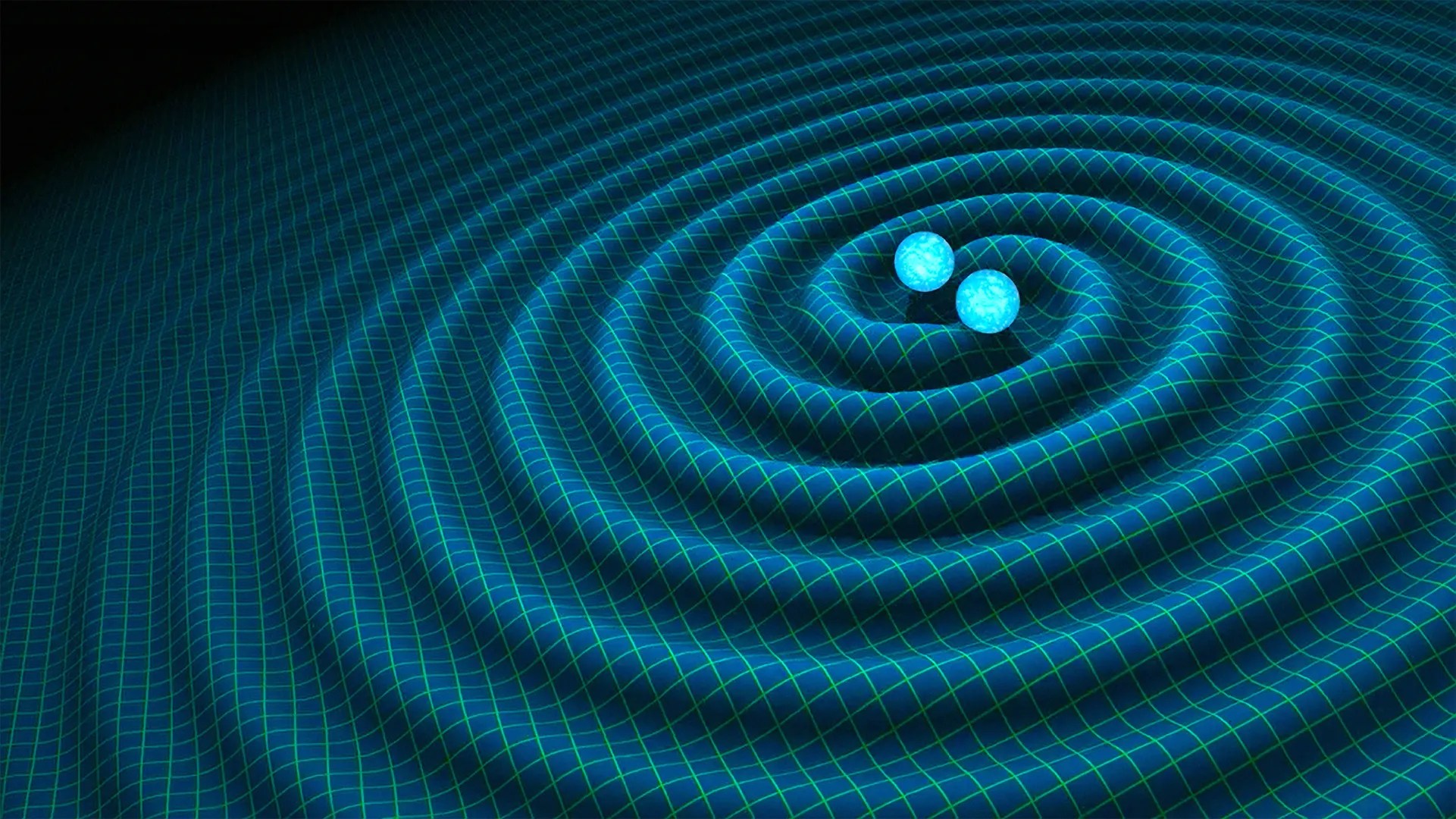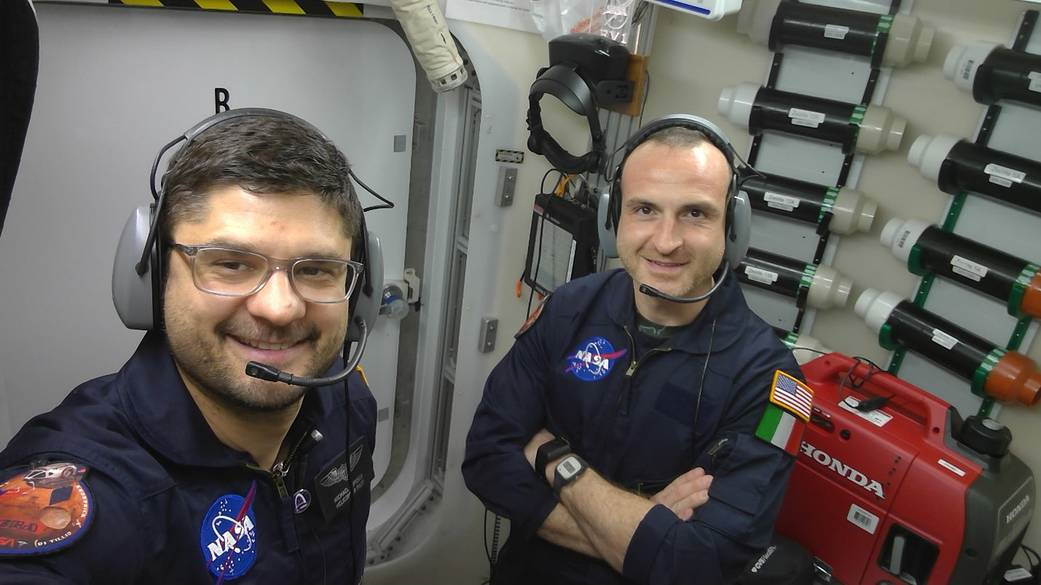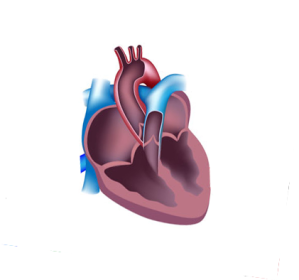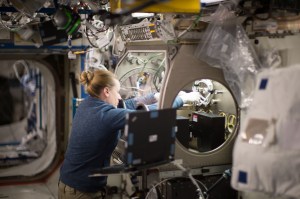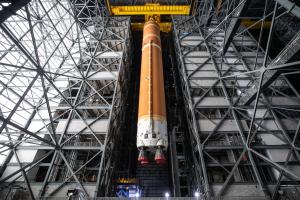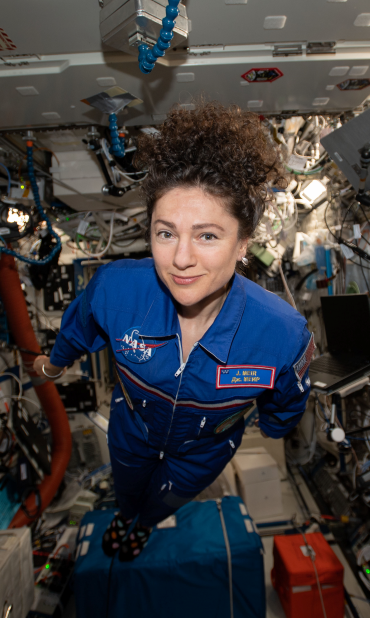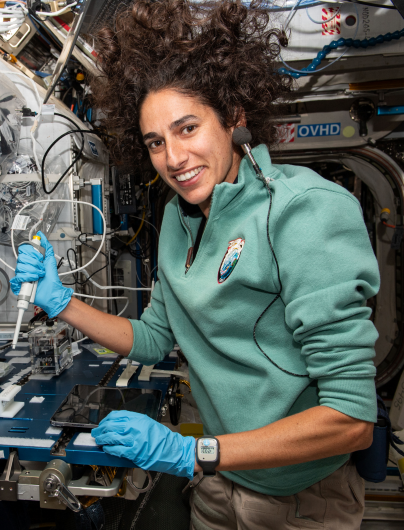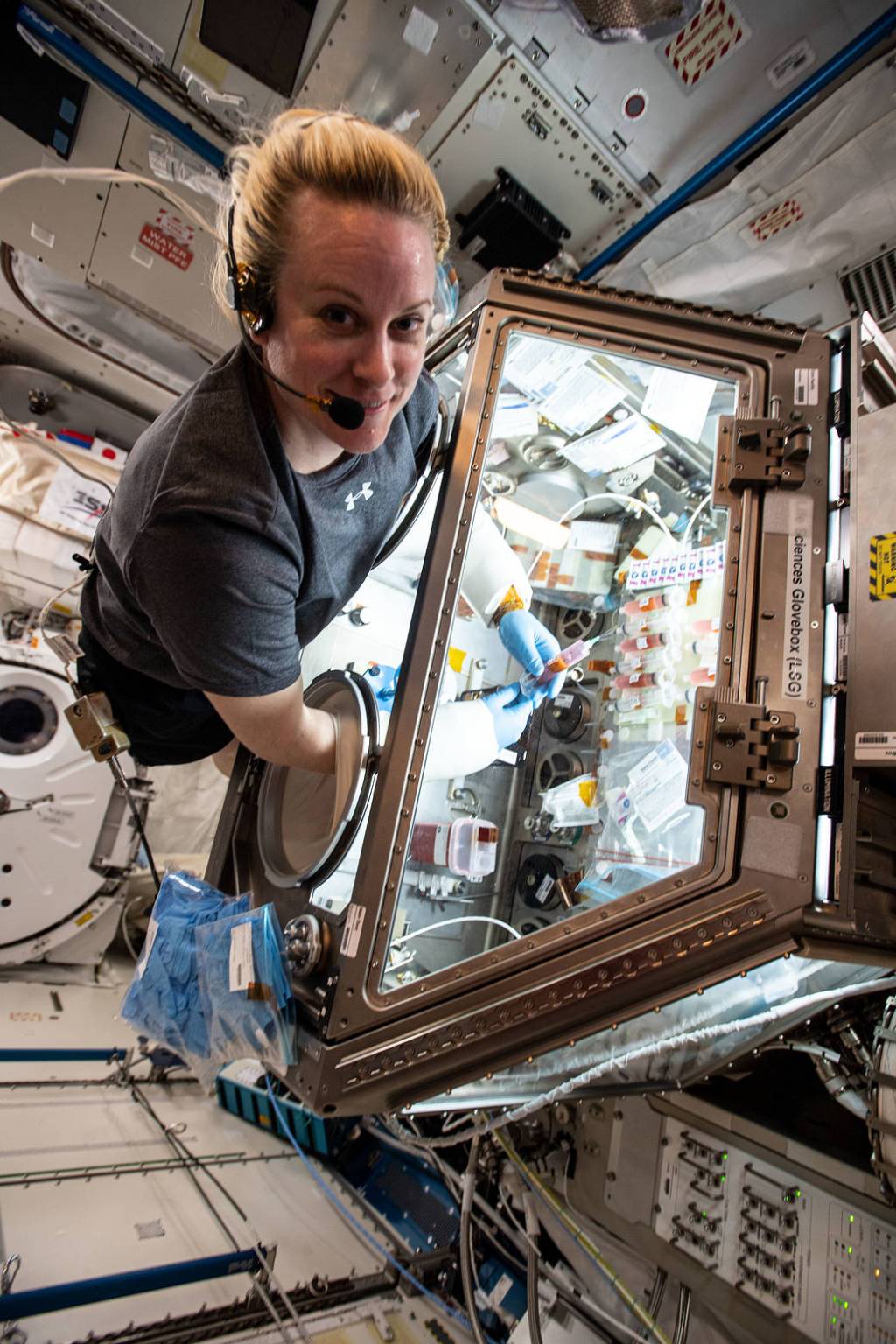Inside the airlock of NASA’s Human Exploration Research Analog, or HERA, crew members Dragos Michael Popescu and Pietro Di Tillio don a pair of headsets. These headsets allow the duo to coordinate with the rest of the crew members as they simulate sample collection tasks on Phobos, one of Mars’s moons.
Throughout their 45-day simulated mission into deep space, the crew experiences communication delays of up to five minutes each way with the Mission Control Center “back home.” In reality, mission control is just outside the HERA habitat, allowing scientists stationed there to assess in real-time whether the crew can effectively coordinate as a team using headsets and other tools, despite limited contact with Earth. The results help NASA strategize how to best implement communication technologies that foster autonomy on missions to the Moon and beyond.
____
NASA’s Human Research Program, or HRP, pursues the best methods and technologies to support safe, productive human space travel. Through science conducted in laboratories, ground-based analogs, and the International Space Station, HRP scrutinizes how spaceflight affects human bodies and behaviors. Such research drives HRP’s quest to innovate ways that keep astronauts healthy and mission-ready as space travel expands to the Moon, Mars, and beyond.















